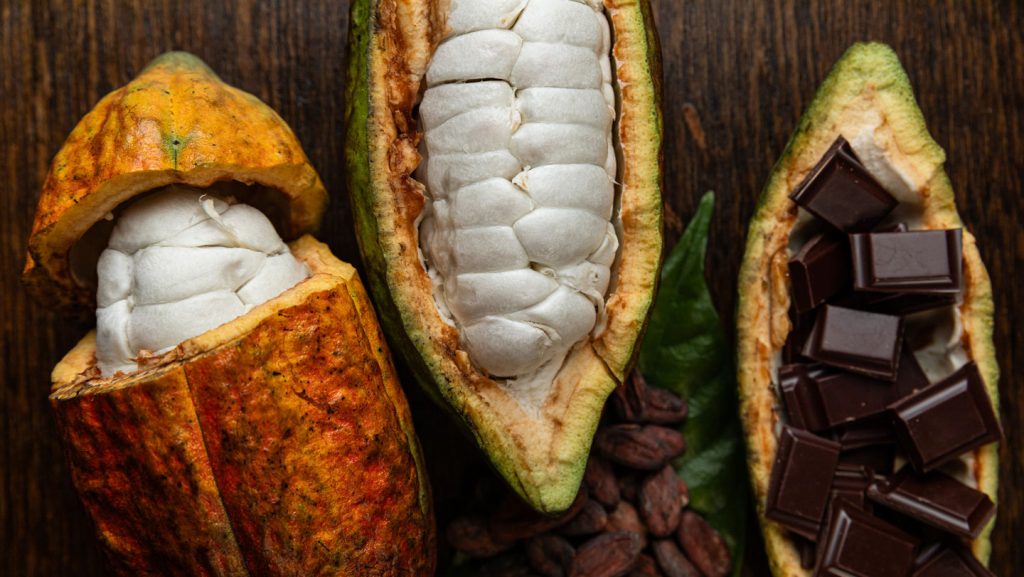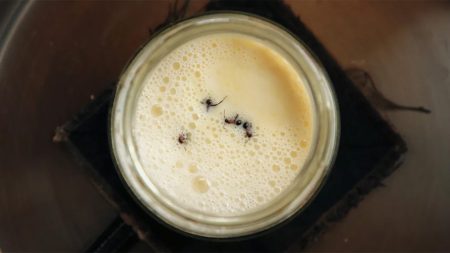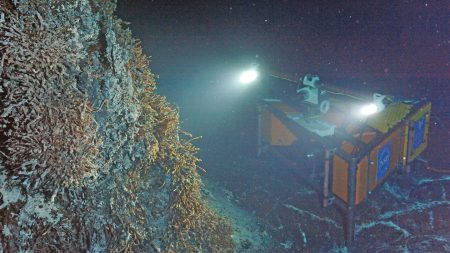The Secret Life of Chocolate: How Microbes Create Flavor
Chocolate enthusiasts have long appreciated that, like fine wine, chocolate carries the essence of its origins. Each carefully crafted bar or bonbon can reveal unique flavors influenced by the soil, climate, and growing conditions of the farm where the cocoa was cultivated. While the genetic makeup of cocoa plants certainly contributes to chocolate’s distinctive taste, plant geneticist David Gopaulchan from the University of Nottingham argues that another factor plays an even more crucial role – fermentation. According to Gopaulchan, the wild microbes that spontaneously ferment cocoa beans after harvest may have an even more significant impact on chocolate’s flavor profile than the plant’s genetics. This fascinating relationship between microscopic organisms and one of our most beloved treats reveals nature’s remarkable complexity in creating the chocolate we enjoy.
In a groundbreaking study published in Nature Microbiology, Gopaulchan and his colleagues have delved deep into understanding the microbiological magic behind chocolate fermentation. The team carefully selected three women-owned farms in Colombia that grow similar cocoa strains – two producing fine chocolate and one producing bulk chocolate. By meticulously tracking temperature and pH changes during fermentation and taking molecular snapshots of the microbes present at each stage, they uncovered the intricate dance of organisms that transform raw cocoa into flavorful chocolate. Their research revealed that yeasts, including the familiar Saccharomyces cerevisiae used in baking and brewing, are the first microorganisms to begin the fermentation process. These yeasts break down sugars in the cocoa beans and convert them to alcohol, generating heat that rapidly increases temperatures within the first 24 hours – a crucial step that prevents the beans from germinating.
The fermentation process continues its remarkable progression after the initial 48 hours, when acetic acid and lactic acid-producing bacteria begin to flourish. These bacteria transform the alcohol created by yeasts into acids that increase the pH and further break down the beans and pulp. As fermentation continues, additional yeasts and bacteria join this microbial community, feasting on compounds produced by earlier organisms and converting them into the flavor molecules that give fine chocolate its complex taste profile. Naailah Ali, a food technologist and expert chocolate taster from the Cocoa Research Centre at the University of the West Indies, emphasizes the importance of the fermentation temperature reaching 44° Celsius to properly kill the beans and prevent germination. The researchers discovered that the timing and speed of temperature and pH fluctuations, along with the dynamics of microbial transitions, significantly influence the development of distinctive flavors.
Taking their research a step further, Gopaulchan’s team analyzed the fermenting microbes’ genes to identify those related to specific flavor compounds. This allowed them to predict and assemble collections of microbes that could reproduce the fine chocolate flavors from the Colombian farms. In laboratory conditions, they created combinations of bacteria and yeasts to ferment small batches of beans, which were then evaluated by Ali and other expert tasters. The results confirmed that these lab-fermented beans successfully captured many of the characteristic notes of fine chocolates – including orange blossom, citrus, berry, tropical fruit, and floral undertones. While the lab mix couldn’t perfectly replicate all flavors (missing caramel, nut, and light wood notes while having more grassy tones), it demonstrated that carefully selected microbial communities could create high-quality chocolate flavors in controlled conditions.
The study’s findings have significant implications for the chocolate industry, particularly for cocoa farmers seeking to consistently produce high-quality products. By developing starter cultures based on these identified microbial communities, farmers could potentially have more control over the fermentation process, helping them reliably create fine chocolate flavors and potentially increasing the value of their crops. Rachel Dutton, a microbiologist and founder of Microcosm Foods, who was not involved in the study, notes that the research demonstrates how cocoa-fermenting microbes form reproducible communities in predictable ways, similar to what she has observed in cheese production. Just as different strains of local microbes bring unique flavors to cheese, regional microbiota contribute distinctive characteristics to chocolate during fermentation.
Looking toward the future, Gopaulchan suggests that researchers might eventually create specialized microbe mixes capable of producing designer flavors or even engineering entirely new flavor profiles that don’t exist or are difficult to achieve through natural fermentation. However, this prospect has generated mixed reactions within the chocolate industry. Some craft chocolate makers, including Luisa Bedi and Martyn O’Dare of Luisa’s Vegan Chocolates, express concern that such designer microbe cocktails could homogenize chocolate flavors and potentially encourage poor farming practices. They argue that good farming methods already produce excellent chocolate without the need for artificial microbial intervention. Aimee Dudley, a yeast geneticist at the Pacific Northwest Research Institute, adds another caution: artificially constructed microbe communities might produce too much of certain aromatic compounds, crossing the delicate boundary between delicious and unpalatable flavors.
Despite these concerns, the research provides valuable insights into the complex relationship between microbes and chocolate flavor. Rachel Dutton points out that there’s no guarantee standardized microbe mixes could successfully compete with native yeasts and bacteria that have adapted to specific farm conditions. This highlights the continuing importance of terroir in chocolate production – the unique environmental factors that influence a food’s character. As our understanding of chocolate fermentation continues to evolve, it seems likely that both traditional methods and new scientific approaches will shape the future of this beloved treat. What remains clear is that chocolate’s exquisite flavors emerge from a remarkable collaboration between plants, microbes, environment, and human craftsmanship – a delicious example of nature’s complexity working in our favor.















